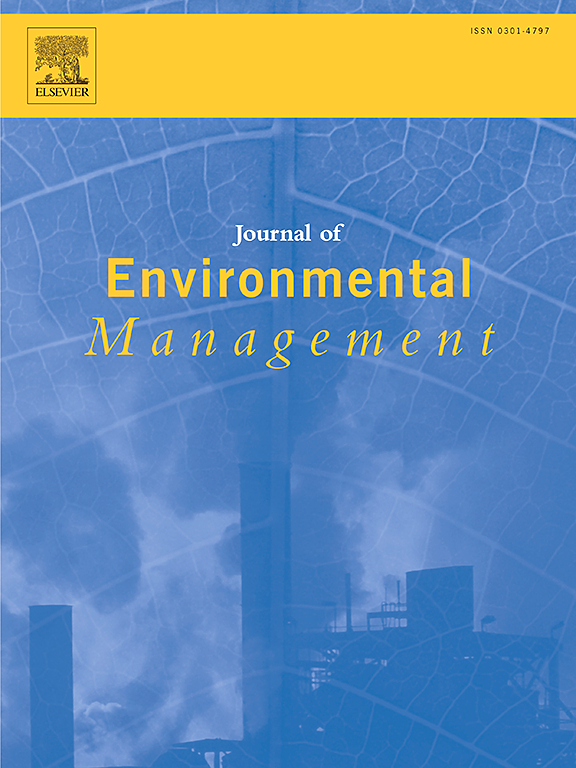Life-cycle assessment of concrete production with carbon capture and carbon upcycling process
IF 8
2区 环境科学与生态学
Q1 ENVIRONMENTAL SCIENCES
引用次数: 0
Abstract
The main CO2 utilization methods for concrete production, aimed at reducing its carbon footprint, include several promising approaches. These methods include the carbonation of concrete, where CO2 reacts with calcium hydroxide to form calcium carbonate; CO2-activated concrete, achieved by infusion of CO2 into concrete during the mixing or curing process; and carbonation of recycled concrete, which uses industrial byproducts like slag and fly ash to sequester CO2. Another method is the use of biochar in concrete, where CO2 is sequestered from organic waste to enhance material properties. More recently, a new method has emerged where CO2 is used to transform industrial byproducts into enhanced supplementary cementitious materials (SCMs) that are then used to either produce blended cements or used directly in concrete. These techniques not only lower carbon emissions but also have the potential to enhance the strength and durability of concrete, making it even more desirable for construction applications. A significant reduction in the CO2 intensity of concrete production can be achieved by using post-combustion CO2 capture processes to capture the CO2 emissions from the cement production process. A life-cycle assessment (LCA) methodology is crucial to assess and mitigate the environmental impact of concrete. Various decision makers and manufacturers are keenly interested in using an LCA approach to understand and minimize the ecological footprint of concrete.
碳捕获和碳升级循环过程下混凝土生产的生命周期评价
混凝土生产的主要二氧化碳利用方法旨在减少其碳足迹,包括几种有前途的方法。这些方法包括混凝土碳化,其中二氧化碳与氢氧化钙反应形成碳酸钙;二氧化碳活化混凝土,在搅拌或养护过程中向混凝土中注入二氧化碳;再循环混凝土的碳化,利用工业副产品,如矿渣和粉煤灰来隔绝二氧化碳。另一种方法是在混凝土中使用生物炭,其中二氧化碳从有机废物中隔离,以提高材料性能。最近,出现了一种新的方法,其中使用二氧化碳将工业副产品转化为增强的补充胶凝材料(SCMs),然后用于生产混合水泥或直接用于混凝土。这些技术不仅降低了碳排放,而且有可能提高混凝土的强度和耐久性,使其更适合建筑应用。通过使用燃烧后的二氧化碳捕获过程来捕获水泥生产过程中排放的二氧化碳,可以显著降低混凝土生产过程中的二氧化碳强度。生命周期评估(LCA)方法对于评估和减轻混凝土对环境的影响至关重要。各种决策者和制造商对使用LCA方法来理解和最小化混凝土的生态足迹非常感兴趣。
本文章由计算机程序翻译,如有差异,请以英文原文为准。
求助全文
约1分钟内获得全文
求助全文
来源期刊

Journal of Environmental Management
环境科学-环境科学
CiteScore
13.70
自引率
5.70%
发文量
2477
审稿时长
84 days
期刊介绍:
The Journal of Environmental Management is a journal for the publication of peer reviewed, original research for all aspects of management and the managed use of the environment, both natural and man-made.Critical review articles are also welcome; submission of these is strongly encouraged.
 求助内容:
求助内容: 应助结果提醒方式:
应助结果提醒方式:


